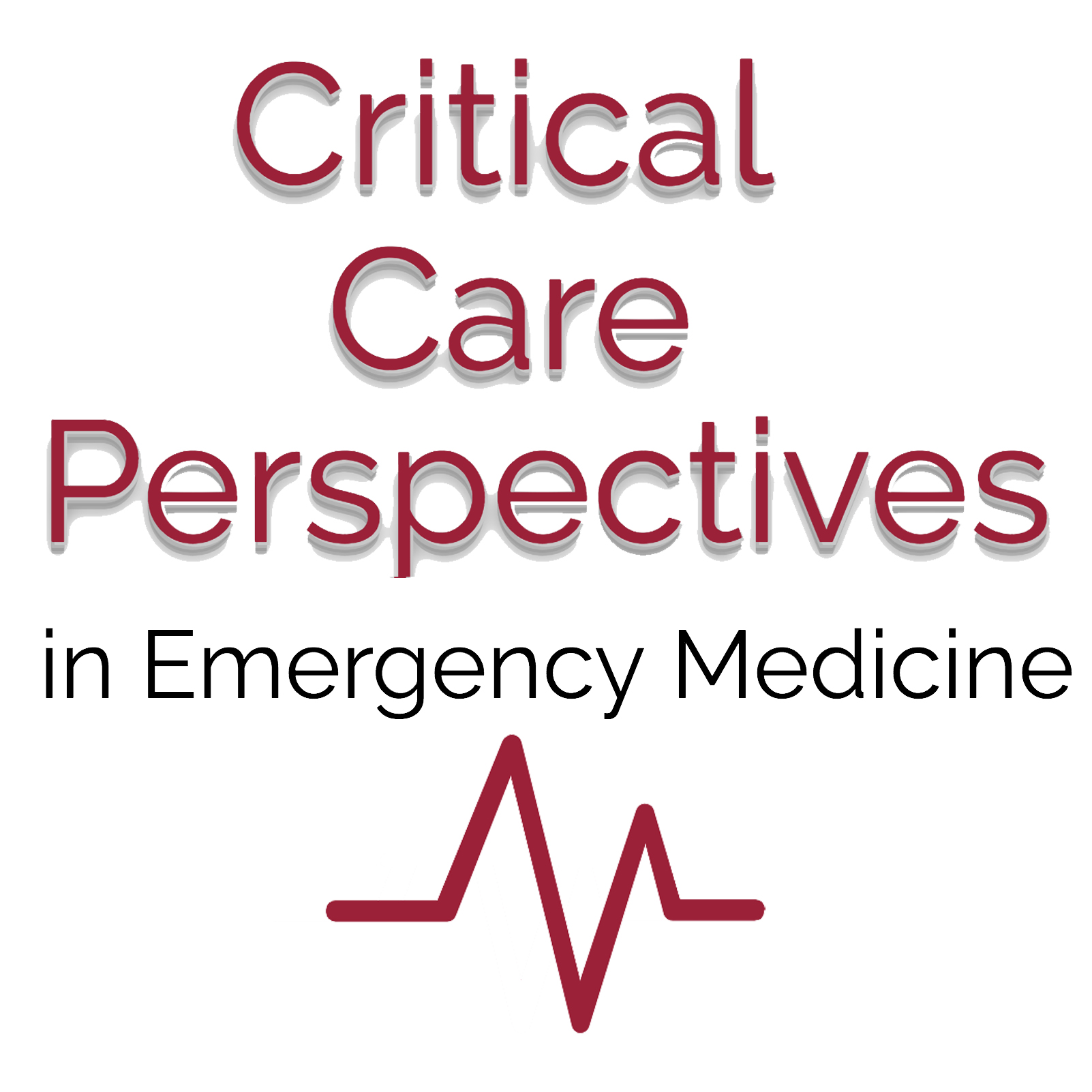Over 1 million critically ill patients are intubated each year in the US. Hypoxemia occurs in up to 20% of patients and can lead to peri-intubation cardiovascular collapse and cardiac arrest. As such, adequate and appropriate preoxygenation is critical in increasing the safe apnea time and decreasing the risk of hypoxemia. At present, the majority of patients receive preoxygenation through a non-rebreather mask. In this podcast, we discuss a recent study that evaluated the use of noninvasive ventilation for preoxygenation in critically ill patients.

The care of patients with return of spontaneous circulation following cardiac arrest centers on optimizing oxygenation and ventilation, optimizing hemodynamics, identifying patients that require...

Resuscitations are often chaotic events. How we perform under pressure can make the difference between life and death. In this podcast we discuss a...

In 2017, Paul Marik published a single-center retrospective before-and-after study that demonstrated significant mortality benefit to patients with septic shock who received a cocktail...